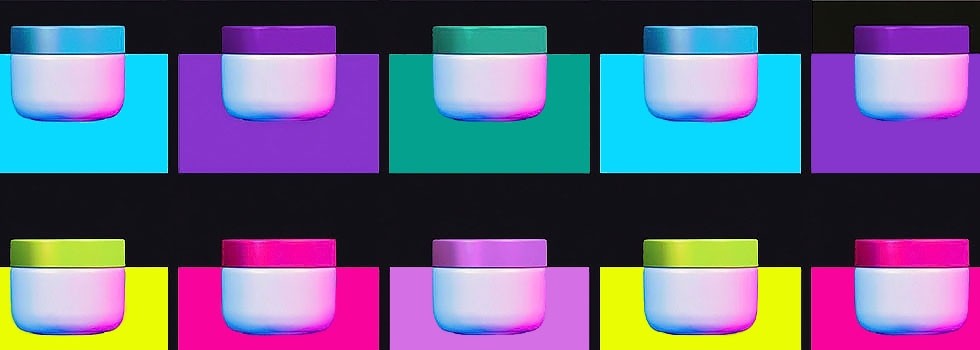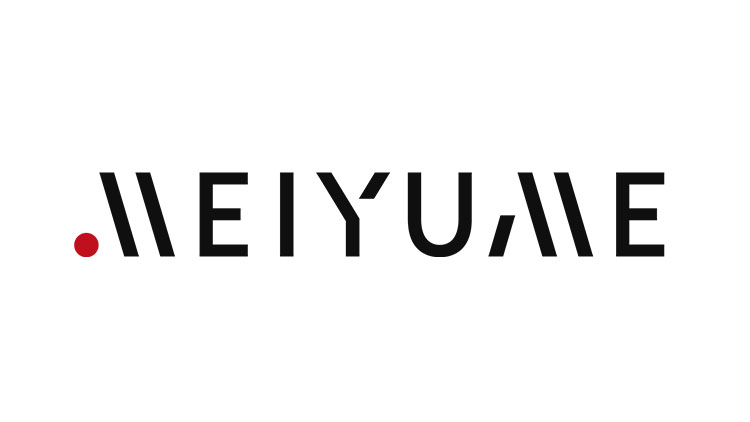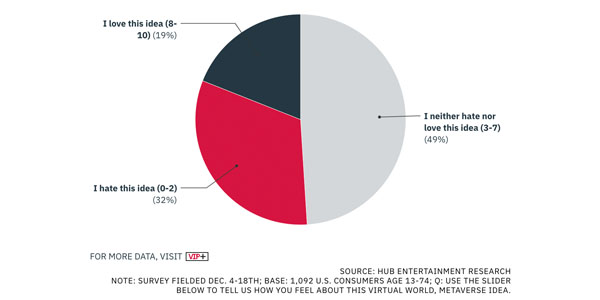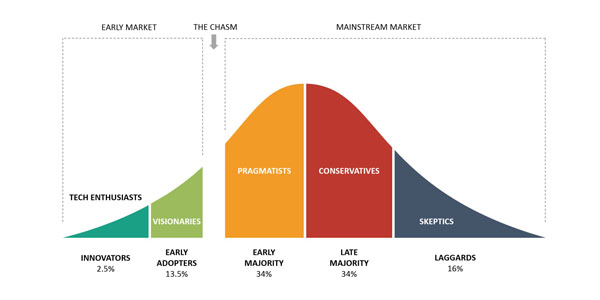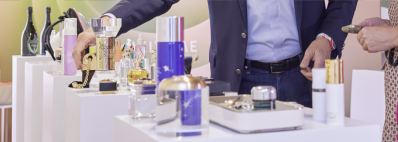Promotional Features
Understand how the future of beauty unfolds within the Metaverse
With consumers’ new expectations of being able to connect with brands and products without physically being in the same retail space, a new scientific revolution has emerged, blurring the lines between fantasy and reality. This fast-developing space is none other than the Metaverse.
The Metaverse
The Metaverse [1] is an independent immersive virtual world that mirrors the physical world via interconnected networks. This hub of possibility allows users to experience, interact and transact in a virtual world, converging activities of both worlds into one. Simply put, the Metaverse is the internet coming to life [2]. The term Metaverse originated from Neal Stephenson in his 1992 science-fiction novel “Snow Crash” [3], a dystopian world where people use digital avatars of themselves for escapism. This concept of a mixed reality was first adopted by Second Life back in 2003 [4], a multimedia gaming platform where gamers create avatars of themselves to live a ‘second life’ in an online world. Users can interact with other avatars through virtual activities, such as building, shopping, and trading properties and services among each other. Since then, the idea of a virtual reality began spreading its web within the online gaming community before the term Metaverse gained widespread popularity. The tipping point that started the global epidemic of this buzzword emanated when Facebook rebranded itself to Meta [5] in 2021, with Mark Zuckerberg claiming to invest billions into the Metaverse [6]. This name change reflects the company's vision to grow beyond social media and be the leading technological social connector for every person on every plane. Zuckerberg is confident that the Metaverse will reach mainstream scale in 5 to 10 years, believing it to be a successor to the social web.
Morgan Stanley recently reported that the total investment in the Metaverse’s foundational technologies [7], Virtual Reality (VR) and Augmented Reality (AR), is estimated to grow from $12 billion in 2020 to $72.8 billion in 2024. On top of that, research from Bloomberg indicated that the Metaverse alone is expected to reach $800 billion in revenue [8] by 2024, from $500 billion in 2020. The bullish forecasts of the Metaverse have propelled many companies in different industries to adopt and implement elements of the Metaverse into their business strategies and operations.
Numerous big players in the beauty and retail industries have already entered the Metaverse. NARS Cosmetics recently collaborated with Zepeto, a South Korean Metaverse, to allow consumers to personalize their avatars with curated makeup looks [9]. Meanwhile, Christian Dior has launched an interactive branded experience [10] with the Metaverse platform - Ready Player Me, in China. This integrated virtual hub connects users’ avatars to over 300 games and applications in a playground of
branded experience, with an opportunity to purchase Dior’s exclusive fragrances. Meiyume [11], a beauty solutions orchestrator, has also embraced this universe by collaborating with beauty brands and retailers to launch products and build rich experiences [12] in the Metaverse. Besides beauty and retail, the entertainment industry is also prospering with virtual concerts. For instance, rap icon Lil Nas X’s virtual concert [13] was performed to 33 million viewers on Roblux. Taking it one step further, Disney has already commenced the development of a Metaverse theme park [14], patenting a ‘virtual-world simulator’. However, besides immersive experiences, the Metaverse also produces transactional value for its users through its virtual marketplace.
Non-fungible Tokens (NFTs)
Essentially, the arrow of the metaverse is headed towards Web 3.0 [15]. Despite the similarity and interchangeable use of these buzzwords, Web 3.0 is focused on a decentralized web whereas the Metaverse centers on an immersive web. Dubbed as the new internet, Web 3.0 is an evolution of Web 1.0 (the world wide web) and Web 2.0 (user-generated social web). Together, Web 3.0 and the Metaverse heralded another major innovation - the Non-fungible Tokens (NFTs) [16] – which represent the currency of the Metaverse with characteristics of Web 3.0. NFTs are non-interchangeable digital tokens that can represent ownership of any real-world objects - such as artwork, real estate, products, and collectibles - with unique authentic properties that are secured by the Ethereum blockchain. This ‘variant’ of the Metaverse ‘epidemic’ bridges consumers and businesses, creating a digital economy with scarcity and exclusivity driving its success.
Since its emergence, NFT sales have skyrocketed, reaching $2.5 billion in sales revenue [17] within the first half of 2021 alone. The world of art has clinched the title of the most valuable NFT with the art piece titled The Merge by renowned artist Pak [18], fetching $91.9 million. It is no wonder the revenue of NFTs is on the uptrend. The popularity of NFTs extends to the luxury retail market, where a Gucci NFT bag [19] was sold inside Roblux’s virtual world for $4,115, outbidding the item’s real-world value by approximately $800. In the beauty landscape, Meiyume has recently launched a range of sustainable NFT packaging artwork [20], including their very own Molded Pulp Palettes, Smart Refill jars, Block Party Kits; with physical samples available. The proceeds of their NFTs will be donated to the charity One Tree Planted [21], a non-profit organization focused on global reforestation. As this movement continues to sweep the globe, many brands such as Clinique, Balenciaga, Nike, among others, have already joined the NFT bandwagon.
Implications for Beauty Brands and Retailers
In terms of global NFT adoption [22] in 2022, the top 5 countries are mainly in Asia, the highest being The Philippines (32%), followed by Thailand (27%), Malaysia (24%), UAE (23%) and Vietnam (17%), in descending order. As such, beauty brands and retailers looking to enter the metaverse with a symphony of technologies should begin by targeting Asian countries.
Although only 19% of consumers [23] (figure 1) in 2022 have shown strong interest in the Metaverse, coupled with the moderate global NFT adoption rate, supporting data still indicates its swift adoption by businesses globally. According to the diffusion of innovation theory [24] (figure 2), this places the Metaverse at the stage of bridging the chasm between the early adopters and the early majority. Understandably, as more businesses exhibit the possibility and capabilities of the Metaverse, the increased exposure of these innovations will influence more consumers, which will shape the foundation of this new norm and diffuse into the mainstream market.
As beauty brands and retailers enter the Metaverse, they are faced with divergent opportunities for their business’ frontier - such as live shopping, virtual showrooms, AR try-ons, gamification campaigns and digitalized assets of their beauty products. The implications of this adoption will be enormous for businesses as it enriches the consumer experience, leading to higher engagement and customer loyalty. With this massive information stream, beauty brands can establish stronger connections with consumers to drive deeper affinity. Insights from this will feed businesses with valuable data to shape their strategies, creating an effective profit-driven loop. Due to its virtual nature, entering the Metaverse through NFTs has a low barrier to entry, allowing brands to reach a wider target market on a global scale with minimized complications (e.g. supply chain). In doing so, it expands their business’ touchpoint and opens an alternate revenue stream, which creates economic benefits for businesses.
With extensive experience in transformative beauty solutions, Meiyume prides itself as an architect of beauty, designing interactive digital experiences that can be integrated into the virtual lives of consumers. By redesigning the consumer journey with the blueprint of the future, beauty brands and retailers can harness Meiyume’s retail solutions to achieve business success. Through the launch of their first NFT art, Meiyume is excited to collaborate with beauty brands and retailers to reimagine the beauty of tomorrow.
As the Metaverse ‘epidemic’ accelerates at a rapid pace, embracing this virtual world is akin to accepting reality. Since the best cure to most epidemics is to attain herd immunity and transition towards endemic living, adapting to this new scientific revolution with openness and innovation is the first step towards the future. Hence, the real question facing businesses is not “should we enter the Metaverse?” but rather “how should we enter the Metaverse?”
[1] https://www.wired.com/story/what-is-the-metaverse/
[2] https://www.npr.org/2021/10/28/1050280500/what-metaverse-is-and-how-it-will-work?t=1642066809773
[6] https://www.cnbc.com/2021/10/28/facebook-changes-company-name-to-meta.html
[8] https://www.bloomberg.com/professional/blog/metaverse-may-be-800-billion-market-next-tech-platform/
[9] https://www.my-mabe.com/2022/03/15/the-metaverse/
[10] https://jingdaily.com/dior-metaverse-ready-player-me-china/
[11] https://meiyume.com/
[12, 20] https://metaverse.meiyume.com/
[13] https://www.theverge.com/2020/11/16/21570454/lil-nas-x-roblox-concert-33-million-views
[15] https://www.freethink.com/technology/web-3-0
[16] https://www.forbes.com/advisor/investing/cryptocurrency/nft-non-fungible-token/
[19] https://hypebeast.com/2021/5/virtual-gucci-bag-roblox-resale
[21] https://onetreeplanted.org/
[22] https://fortunly.com/statistics/nft-statistics/#gref
[23] https://variety.com/vip/survey-how-metaverse-meets-media-in-the-minds-of-consumers-1235178886/
[24] https://thinkinsights.net/strategy/crossing-the-chasm/
